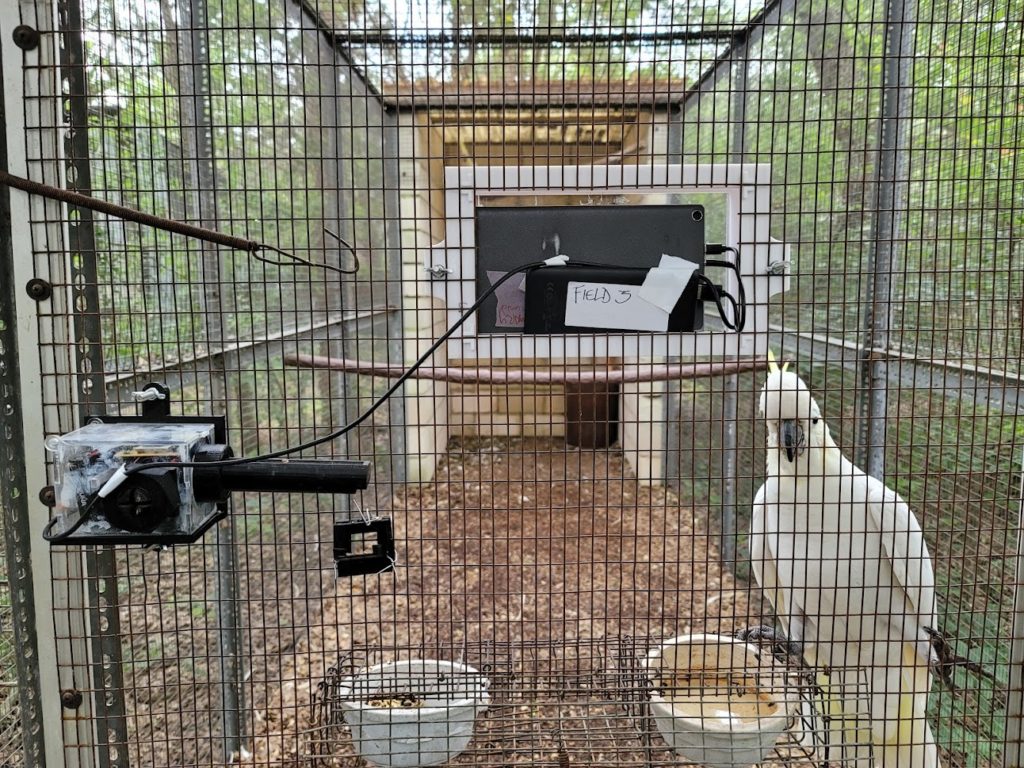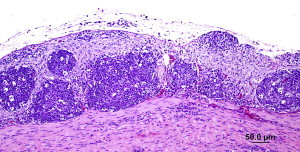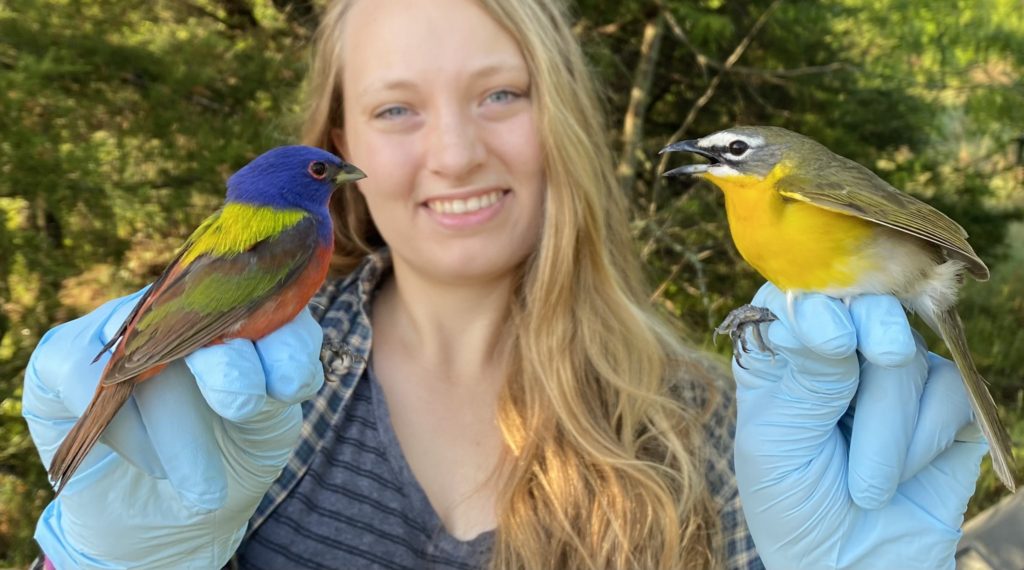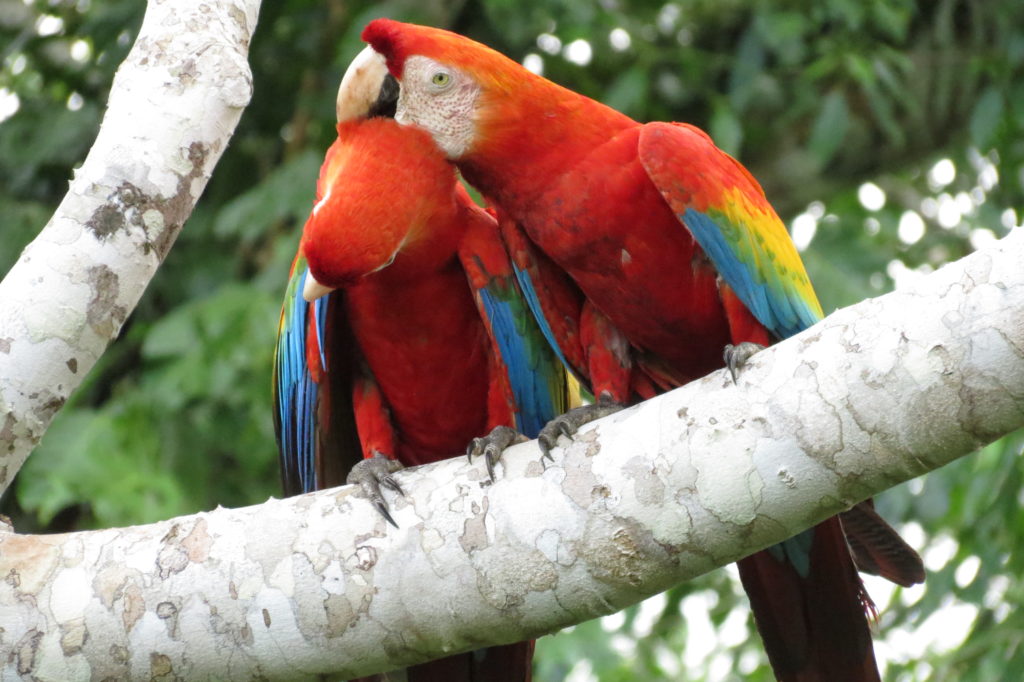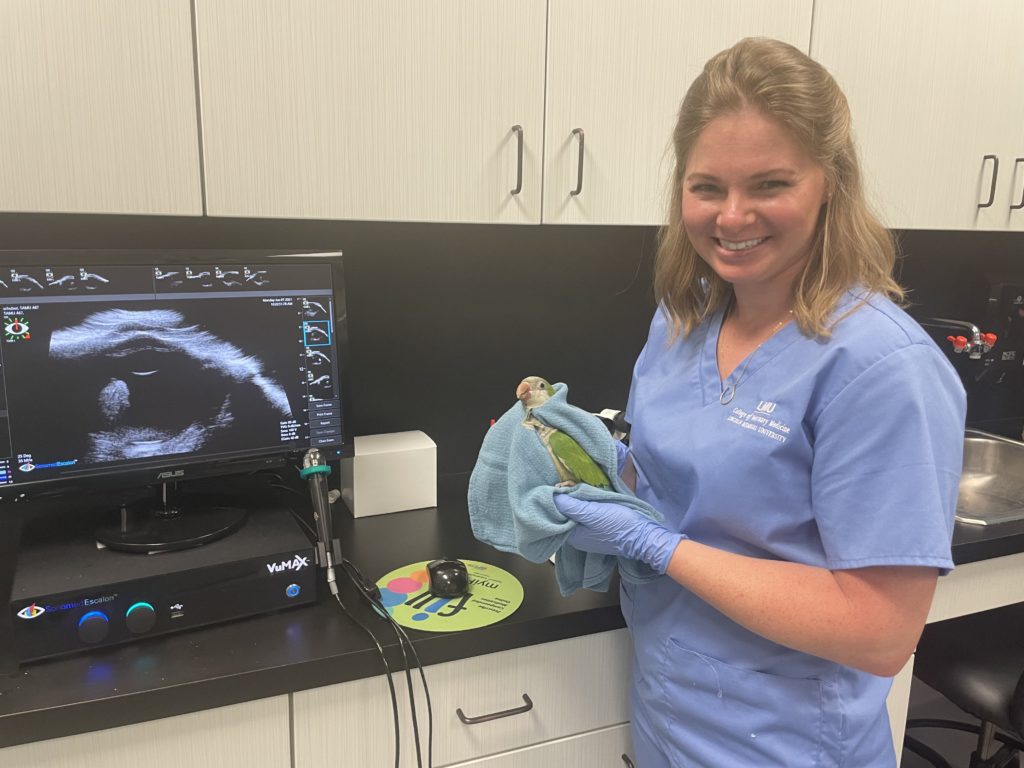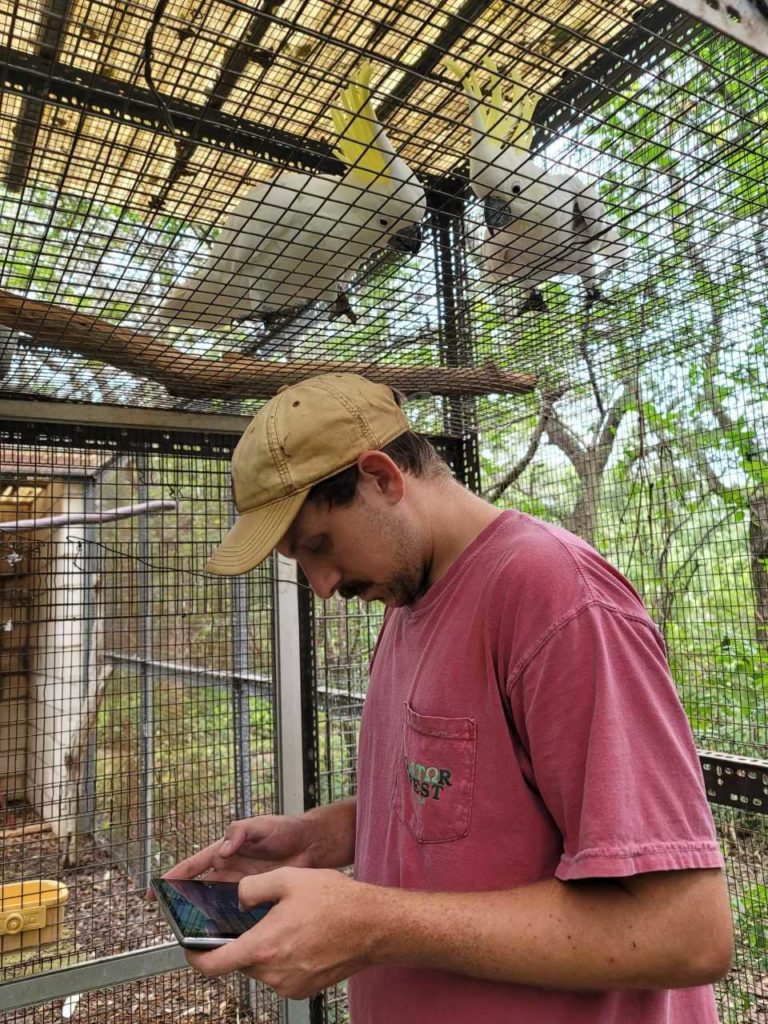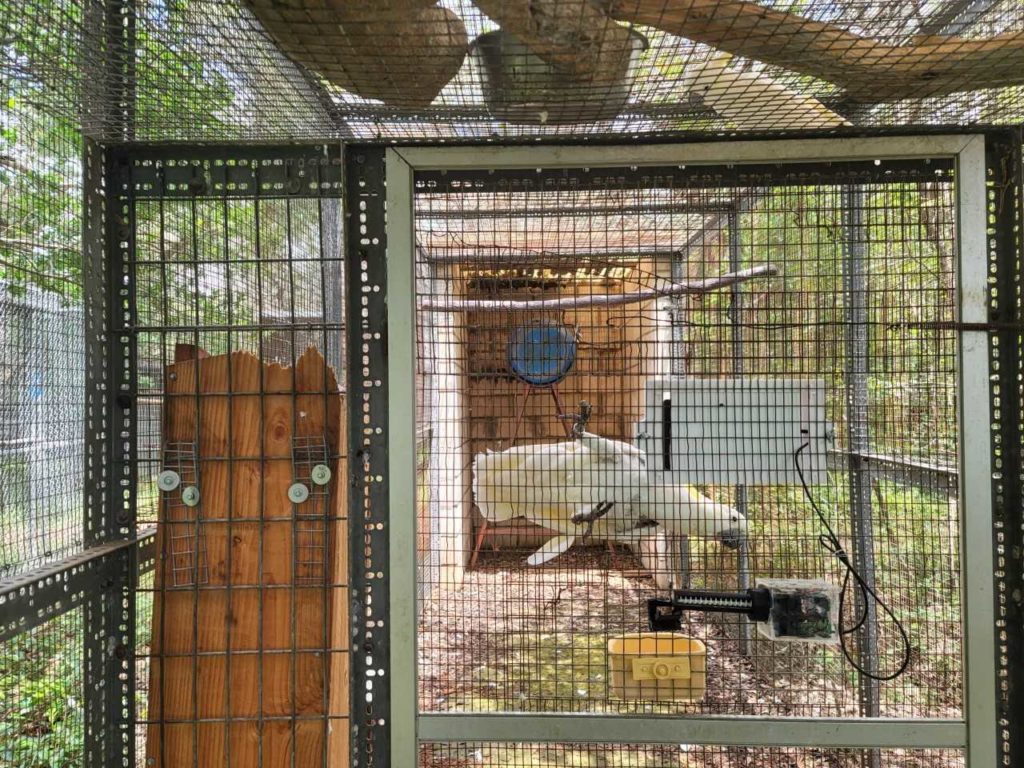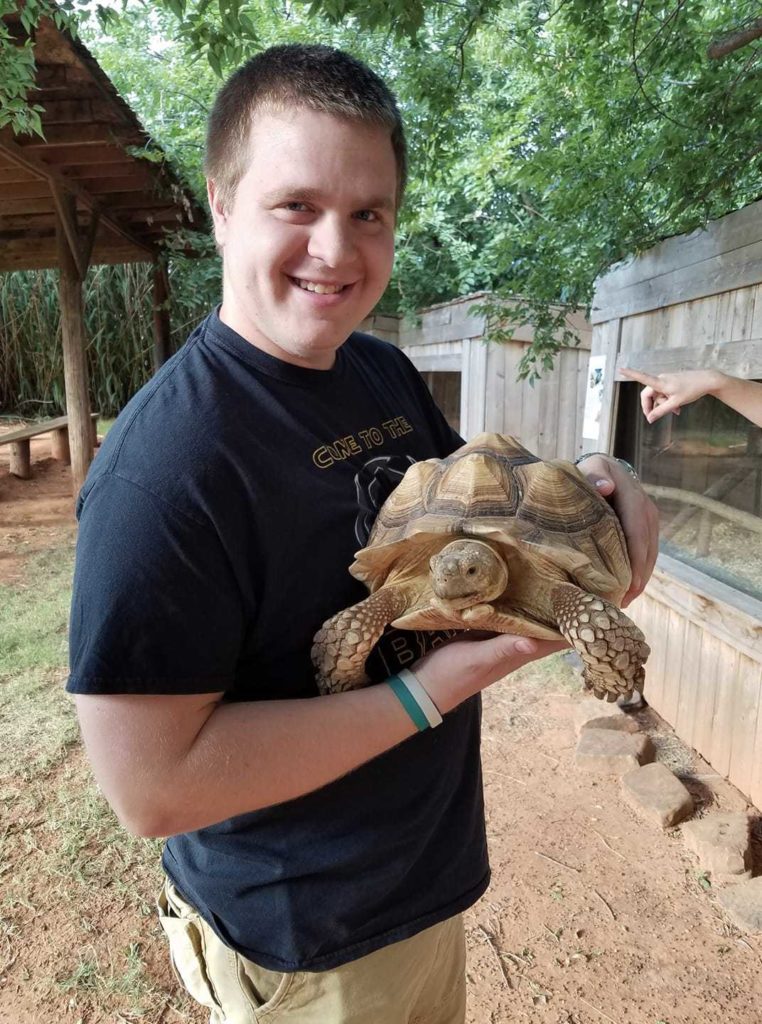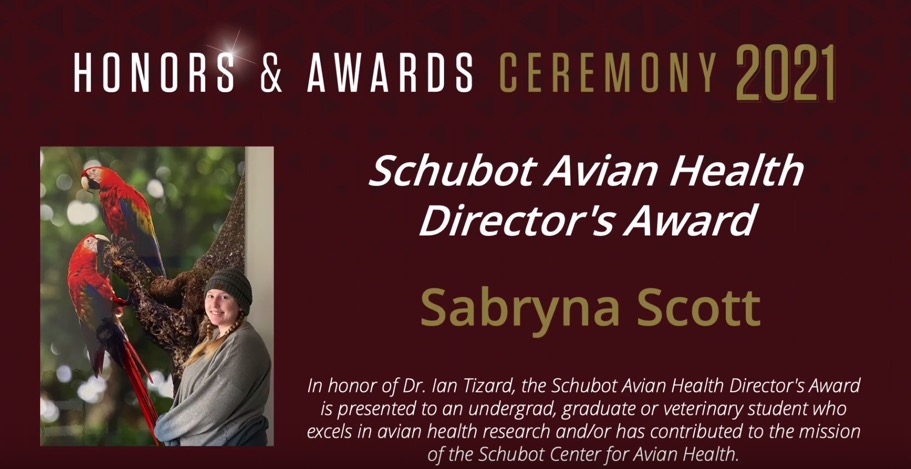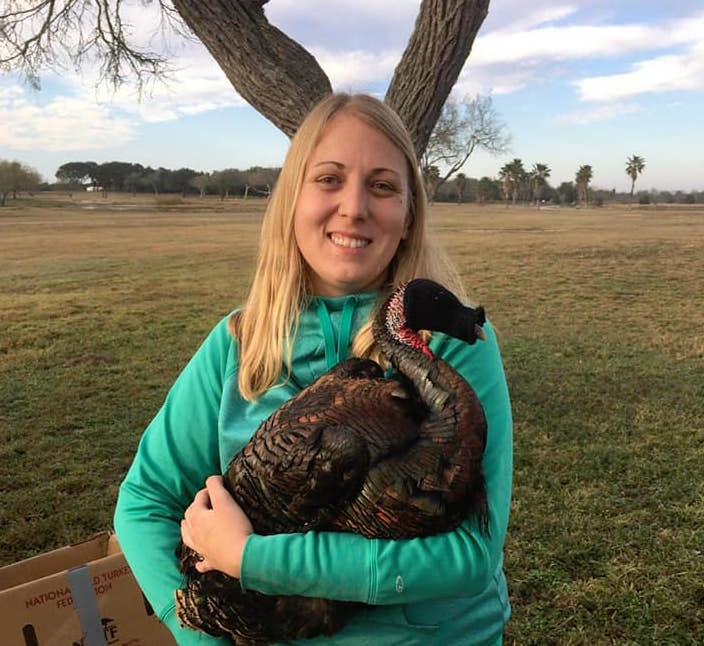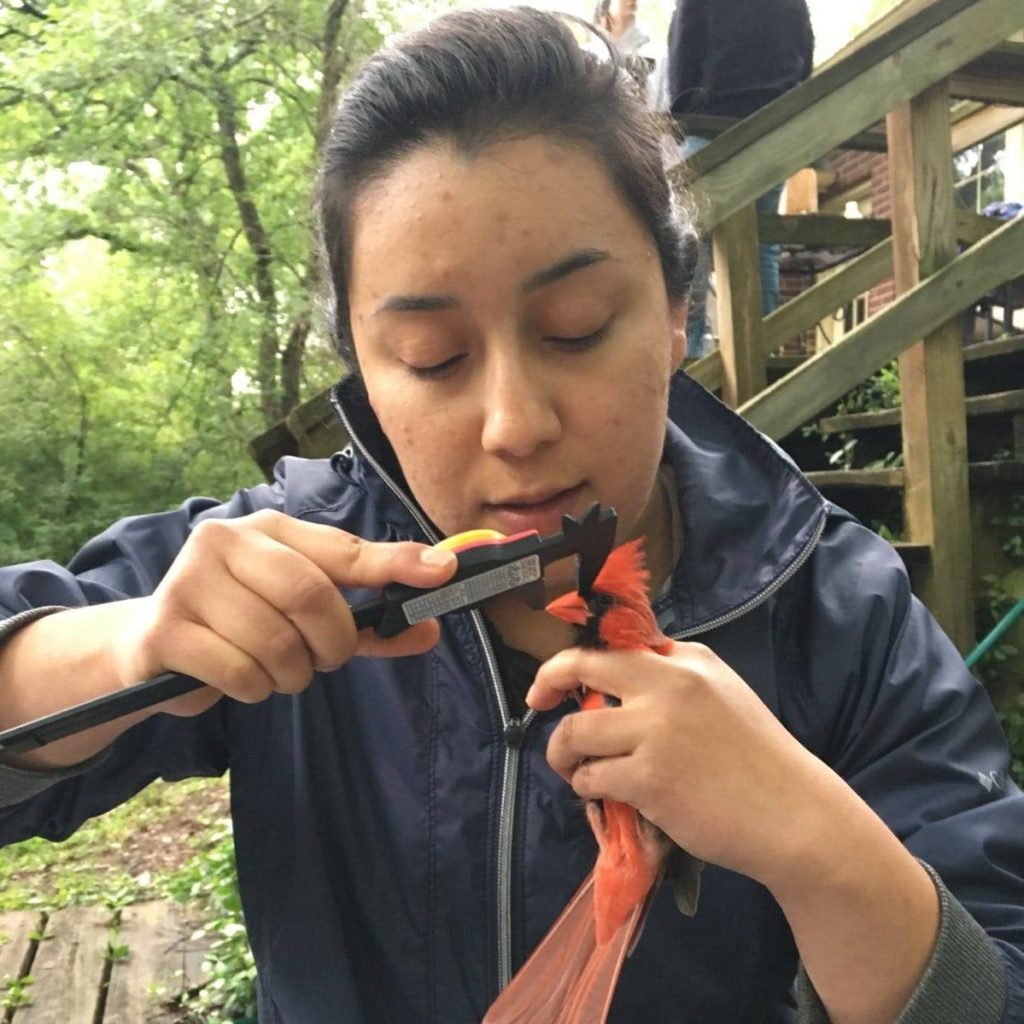The Gulf of Mexico Avian Monitoring Network (GoMAMN) Community of Practice Meeting took place this past October 5th to October 7th via Zoom. GoMAMN is a group of avian scientists and managers working collectively to develop a coordinated and comprehensive approach to avian monitoring that will provide solutions to conservation needs within the Gulf of Mexico.
The GoMAMN
The goal of this network is to provide a forum to facilitate integrated and complementary data collection for avian populations and their habitats, in the Gulf of Mexico. It currently includes partners from academia, state and federal agencies (USFWS, state fish and wildlife agencies), and nonprofits (see https://gomamn.org/partners for a full list of partners). They recently published the Strategic Bird Monitoring Guidelines for the Gulf of Mexico https://gomamn.org/strategic-bird-monitoring-guidelines, for which they received a USFWS Partners in Conservation award. The network is divided into multiple working groups, including groups for Marshbirds, Seabirds, Landbirds, Shorebirds, Wading birds, Waterfowl, Raptors and a group for Avian Health, as well.
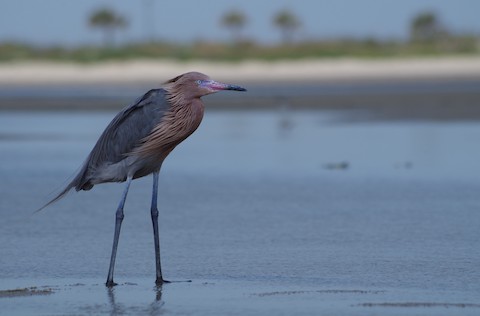
Dr. Grace and the GoMAMN Avian Health Working Group
Dr. Jacquelyn Grace https://sites.google.com/site/jacquelynkayegrace/ from the Department of Ecology and Conservation Biology and part of the Schubot Center faculty board, has been working with this group for the past four years and now serves as the co-chair of the Avian Health Working Group within GoMAMN.
In conjunction with Dr. Terri Maness from Louisiana Tech, Dr. Grace led the Avian Health working group in this past meeting. They shared some of the work GoMAMN has been doing and also reconnected with colleagues and practitioners doing avian health work in the Gulf. The group worked together to set goals for the next few years, including a survey of ongoing avian health research in the Gulf and strategized on ways to connect monitoring practitioners with health experts to improve conservation outcomes.
GoMAMN views everyone monitoring and researching birds in the Gulf of Mexico as its Community of Practice. Their goal is to reach out to everyone doing that work and they invite all of us to join their efforts.
Take a look at what they do and get involved! https://gomamn.org/get-involved

